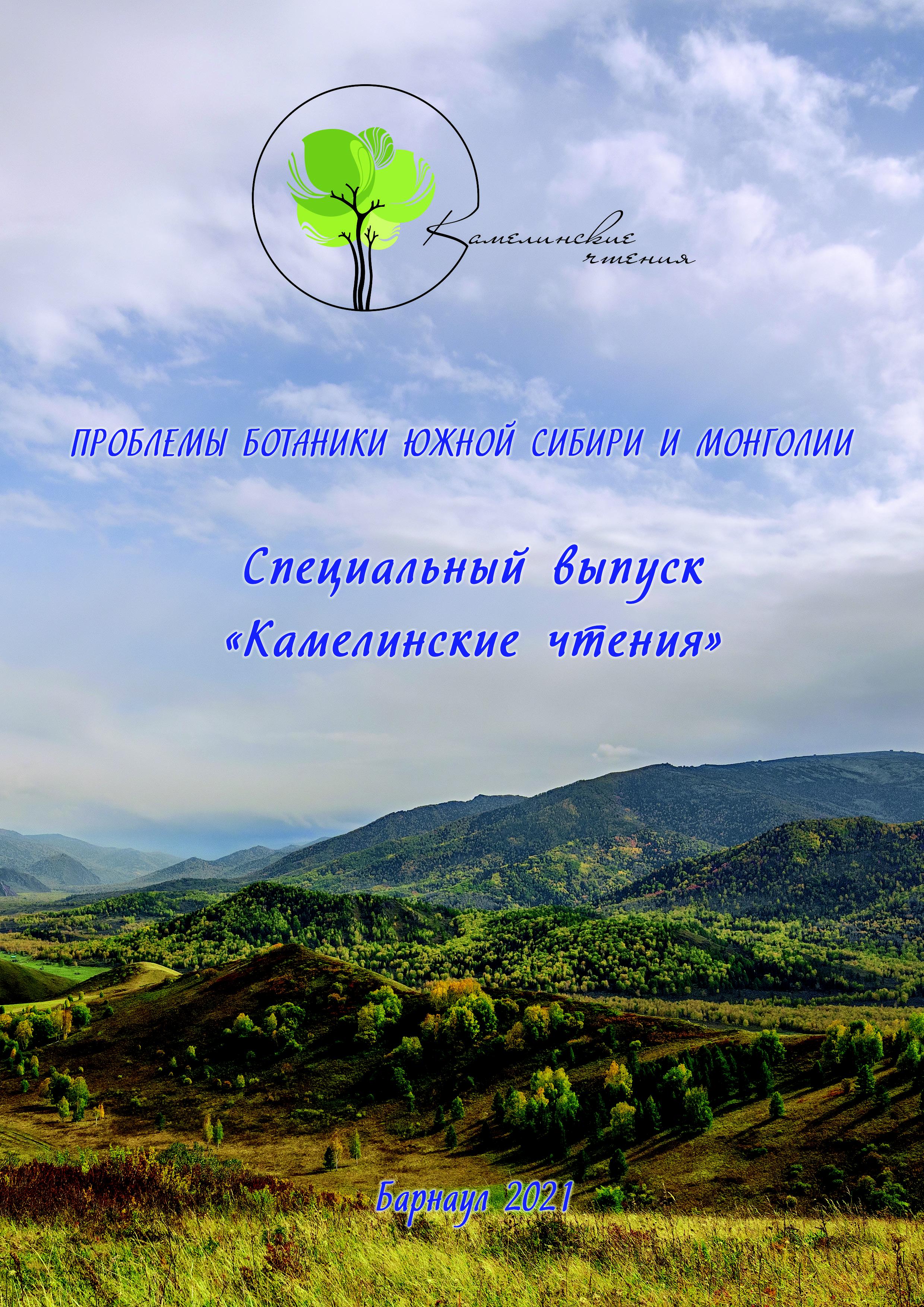Introduced species in the dendroflora of the Kursk Biosphere Station of the Institute of Geography, Russian Academy of Sciences
УДК 631.529
Abstract
For the first time the species composition of 17 woody introduced species of Institute of Kursk Biosphere Station of the Institute of Geography, Russian Academy of Sciences was described. Their sanitary condition, habitual characteristics, generative development, the ability to give increments and renewal ways were investigated. Сonclusions were drawn about the studied trees and shrubs adaptive abilities, as well as about the influence of some of them on the aboriginal dendroflora. It was found that Central Asia and Transcaucasia plants adapt least successfully to the conditions of the south-west of the Kursk region: being planted as fruit trees, they, with a few exceptions, do not bear fruit, and practically do not renew themselves by natural vegetative means. Southern Europe introduced species bear fruit, do not renew by seed, but actively renew themselves vegetatively, therefore, the degree of their adaptation is higher than that of Central Asian woody plants, they can be used as flowering trees and shrubs. North American tree introduced species turned out to be the most well adapted to the conditions of the KBS: they regenerate well vegetatively, many give self-seeding, are able to reproduce uncontrollably, occupy new habitats, so that we can talk not only about complete adaptation, but about acclimatization or even naturalization of some species.
Downloads
Metrics
References
Агальцова В. А. Результаты мониторинга состояния природного парка «Битцевский лес» (два аспекта мониторинга на основании материалов лесоустройства) // Аналитический доклад «Состояние зеленых насаждений и городских лесов в Москве» по данным мониторинга 1999 г. - М.: ЗАО «Прима-М», 1999. - С. 100-109.
Булыгин Н. Е. Дендрология. Фенологические наблюдения над древесными растениями. - Л.: ЛТА, 1976. - 97 с.
Всероссийский научно-исследовательский институт гидрометеорологической информации - Мировой центр данных (ВНИИГМИ-МЦДРосгидромета). URL: http://www.meteo.ru (дата обращения: 30.08.21).
Деденко Т. П. Рост и состояние растений интродуцентов в различных эдафических условиях техногенно-нарушенных земель КМА // Плодоводство, семеноводство, интродукция древесных растений, 2014. - С. 27-30.
Дробышев Ю. И., Коротков С. А., Стоноженко Л. В. К вопросу о строении и изменчивости древостоев в условиях стресса // Лесной вестник, 1999. - № 2. - С. 82-84.
Крюков В. С. Деревья в городе // Курская правда. № 106 от 3 сентября 2020 года. - С. 8.
Курская биосферная станция ИГ РАН. О станции. URL: http://kursk.igras.ru/%D0%BE-%D1%81%D1%82%D0% B0%D0%BD%D1%86%D0%B8%D0%B8/ (дата обращения: 28.08.2021).
Кухта А. Е., Попова Е. Н. Климатический сигнал в линейном приросте сосны обыкновенной бореальных фитоценозов побережья Белого моря // Проблемы экологического мониторинга и моделирования экосистем, 2020. -Т. 31, № 3-4. - С. 33-45.
Лапин П. И., Калуцкий К. К., Калуцкая О. Н. Интродукция лесных пород. - М.: Лесная промышленность, 1979. - 224 с.
Лапин П. И., Сиднева С. В. Оценка перспективности интродукции древесных растений по данным визуальных наблюдений // Опыт интродукции древесных растений. - М.: Наука, 1973. - С. 7-67.
Пчелкин А. В. Использование принципа сопряженности флоры сосудистых растений и лишайников для флористического районирования // Проблемы экологического мониторинга и моделирования экосистем, 1991. -Т. 13. - С. 176-188.
The Plant List. A working list of all plant species. URL: http://www.theplantlist.org/ (Accessed 1.09.21).



